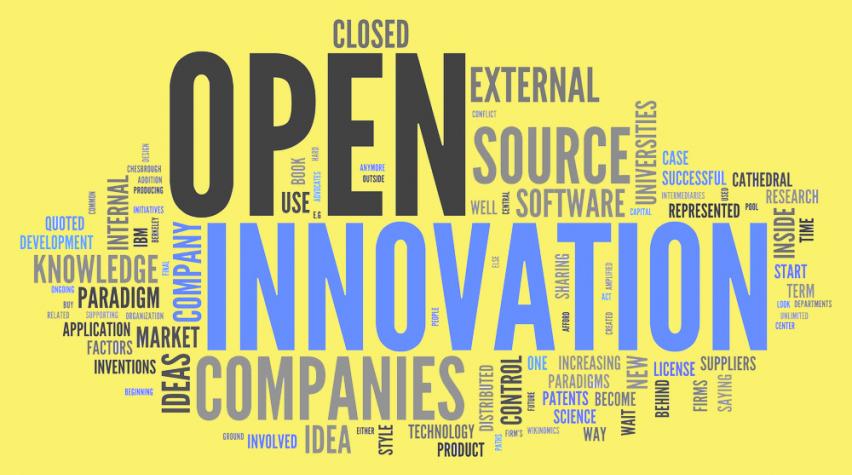
Open Innovation edited by Charles Noble, Serdar Durmusoglu, and Abbie Griffin. Wiley, 2014. 361 + xxii pages. US$55.00 (hardback).

Today’s engineers and managers are tasked with ever-growing activities and expectations. One arena, in particular, in which we are challenged is innovation. Not only are process engineers being asked to increase production, we are also faced with rapidly changing markets on a global basis. A recent trend in innovation has begun to recognize the role of the customer in process, product, and service development. This is the topic of the book Open Innovation edited by Charles Noble, Serdar Durmusoglu, and Abbie Griffin.
Five sections cover the process
Open Innovation is divided into five parts focusing on innovation in the front end, innovation in the development stages, collaboration with university partners, open innovation for unstructured partners, and best practices. Chemical engineers and managers will find specific chapters to be particularly useful in identifying and approaching open innovation for process and product development. Open innovation is generally defined as using both internal and external information and stakeholders to plan and execute innovation projects.
Patents offer strong clues
For example, Chapter 1 in Part 1 by Manfred Stadlbauer and Gerhard Drexler, describes patent analysis. Patents are often leading indicators of innovation and are considered “open-source” information. Analyzing patent data can help engineering and research and development (R&D) teams identify both competitors and partners. Moreover, patents serve as early warning triggers signaling areas of interest in the industry (measured by patent frequency and rate of change in patent frequency). Such analysis can help project teams identify entrepreneurial partners for co-development of unique ideas. (Also see Chapter 10 on how to best partner with a small company.)
Spotting tomorrow's innovators in universities
In Part 3, university collaborations are discussed in detail. Chapter 8 by Aruna Shekar describes a model open innovation program at Massey University. Not only do companies gain access to new ways of thinking (a goal of open innovation) but students also learn specific engineering skills for future career growth. Students often spend significant time at the partner companies in developing new processes and products as part of a for-credit class. Firms use these interactions to identify high performers, many of whom are offered permanent jobs after graduation.
Learn from others' success
Finally, Part 5 offers a summary of open innovation best practices. An APQC (American Productivity and Quality Center) study detailed in Chapter 12 notes the importance of strategy, roles, processes, and measurement. In fact, a major theme throughout the book is to carefully plan the open innovation initiative for specific objectives. Open innovation can be time-consuming and requires a significant commitment to long-term relationships with external stakeholders. Laying out specific, measurable goals for the open innovation project can lead to higher degrees of success.
While open innovation may be the current buzzword, the skills and processes described in this book are beneficial across time and space. Engineers and managers must learn how to better manage projects and relationships beyond the walls of the company. Many of the tips in Open Innovation will help R&D engineers with patent analysis, university and small company collaborations, and innovation and project planning.


